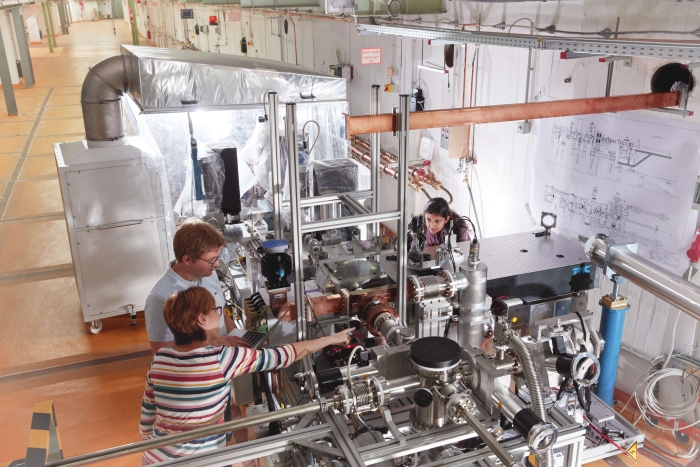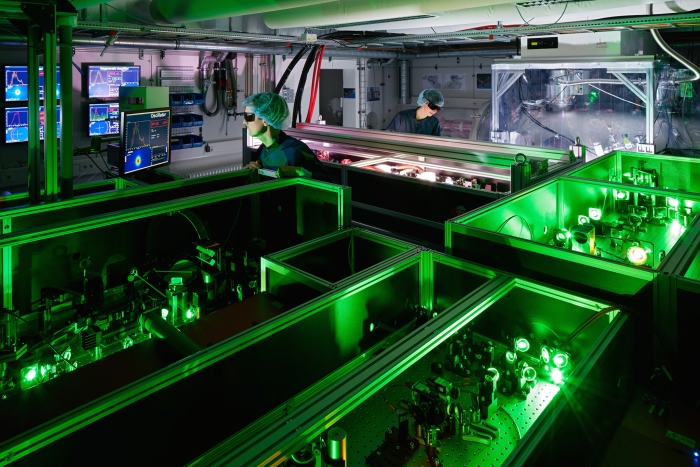About ATHENA
Particle accelerators as machines of progress
In 1927 the first RF particle accelerator was built at the Technical University Aachen by Rolf Wideröe. Today around 30.000 accelerators are used in science, medicine and industry; for example they are used to inspect ship loadings and they help save lives through tumor irradiation. Particle accelerators and the discoveries made with their beams have led to numerous Nobel Prizes.
Research and development for particle accelerators in Germany
Germany has a leading position in the development, construction and operation of accelerators.
The Helmholtz-Gemeinschaft Deutscher Forschungszentren (Helmholtz Association of German Research Centres) operates the biggest particle accelerators in Germany and has an ambitious accelerator research program (ARD = Accelerator Research and Development).
Thousands of users in science, industry and medicine rely with their work on the world-leading accelerators in the Helmholtz centres. This leading role is constantly maintained and further expanded through strategic accelerator research. DESY is Gemany’s largest accelerator centre and coordinates the ATHENA project.
The next step in accelerator science
Plasma acceleration allows compact accelerators to be built, which also are expected to be cheaper. With this method, electron beams with an energy higher than 4 GeV have been reached in 9 cm. Similar breakthroughs have been achieved with plasma accelerators for ion- and proton beams. The challenge is to achieve a sufficient beam quality. Helmholtz Centres have been working on this challenge for decades. Plasma accelerators offer a variety of new applications, they enlarge the user base and therefore the social significance of the Helmholtz Centres. In particular these accelerators offer new possibilities in medicine.
- Imprint
- Data Privacy Policy
- Declaration of Accessibility
- © ATHENA-Helmholtz. All rights reserved.
- Design: HTML5 UP



